Landscape Design in Manhattan, New York, with LASD Studio

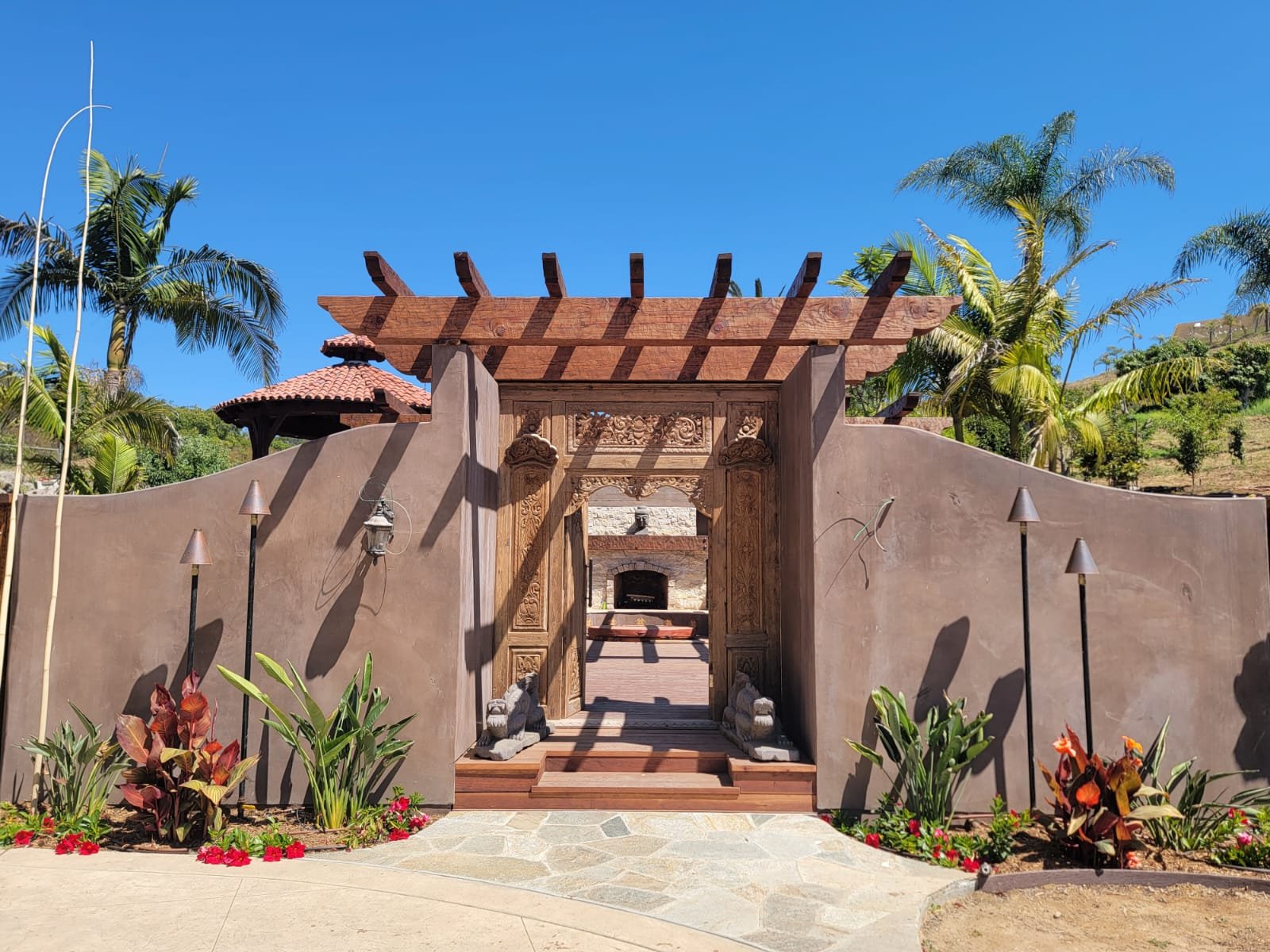
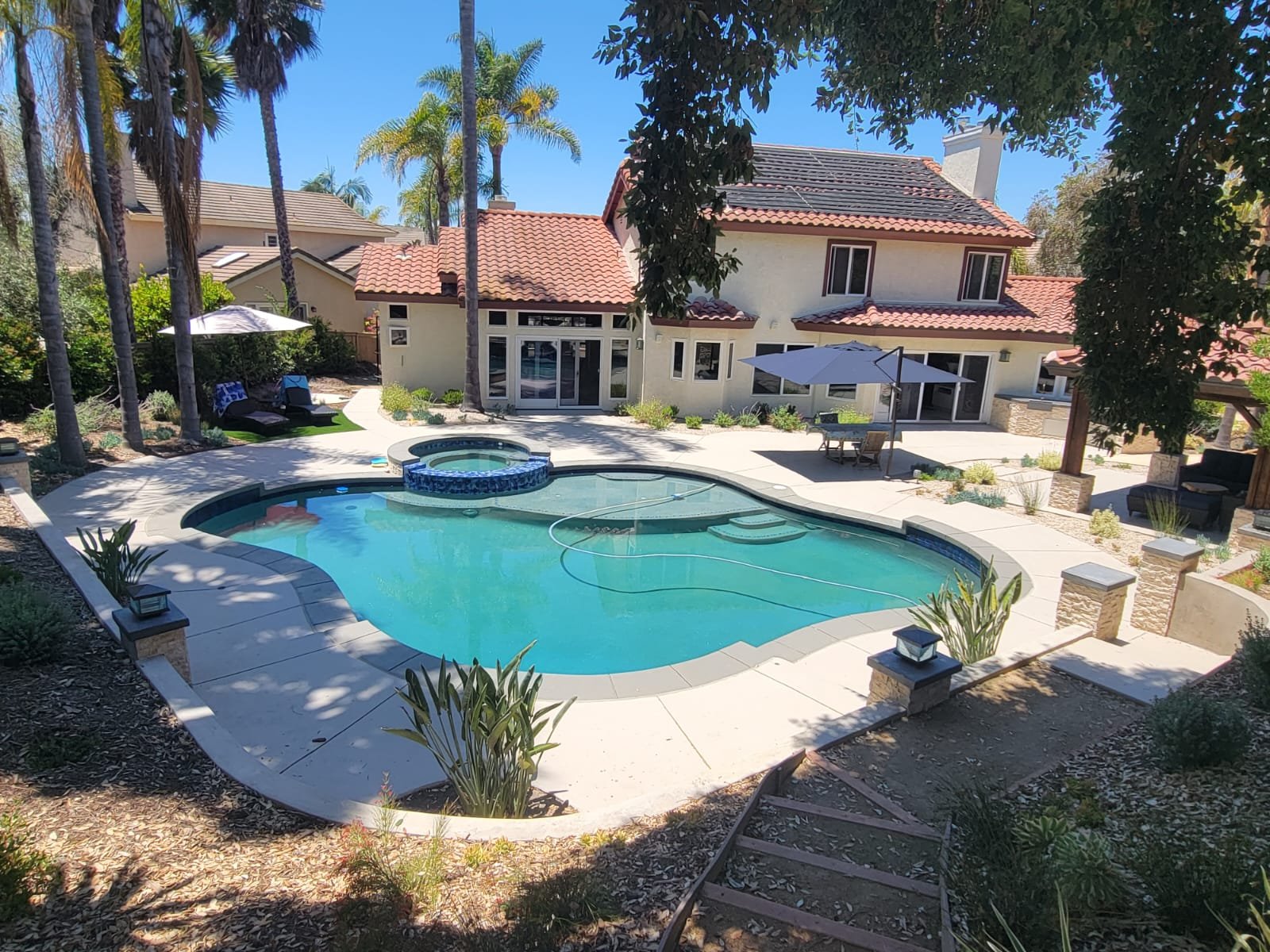
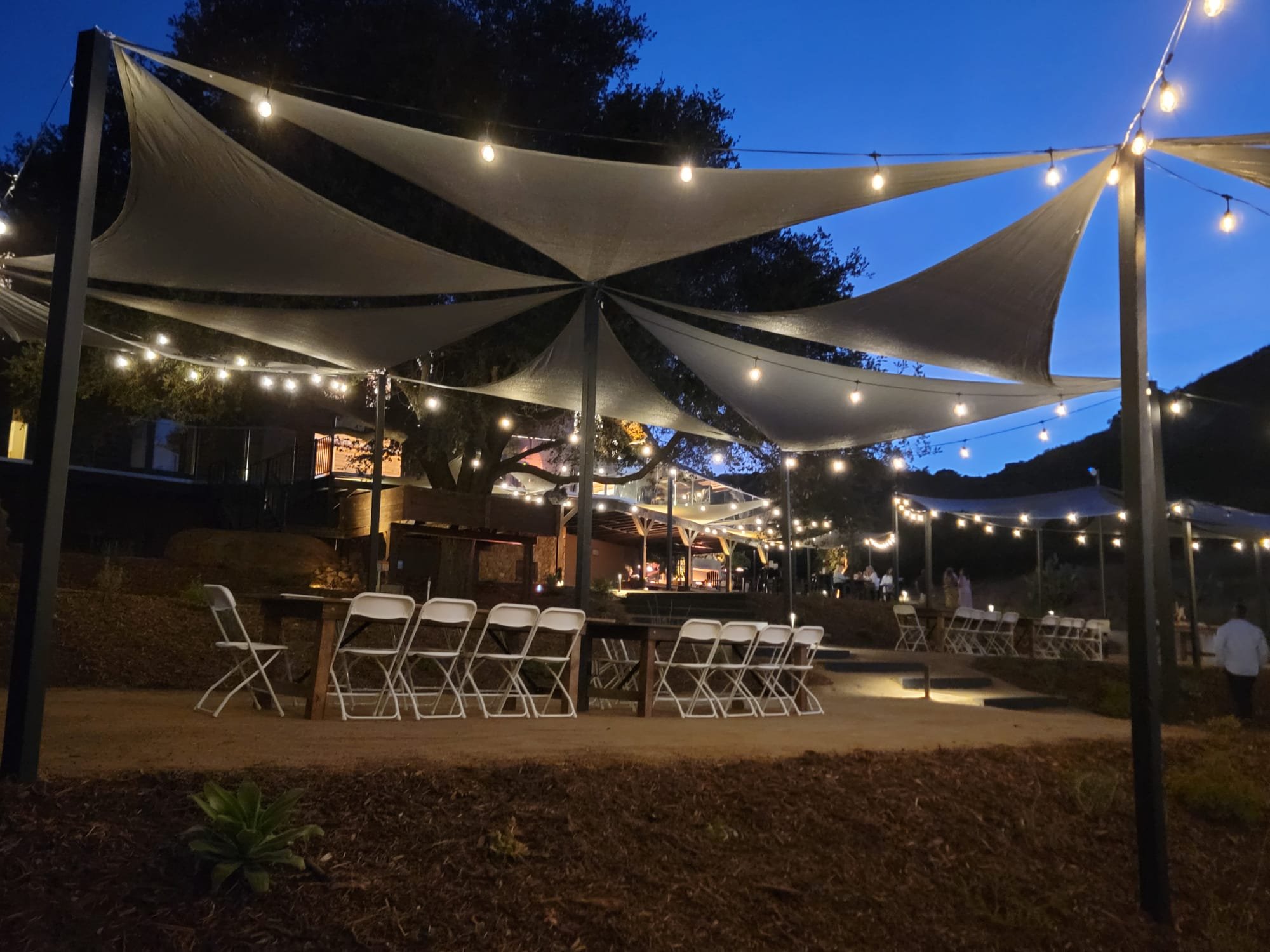

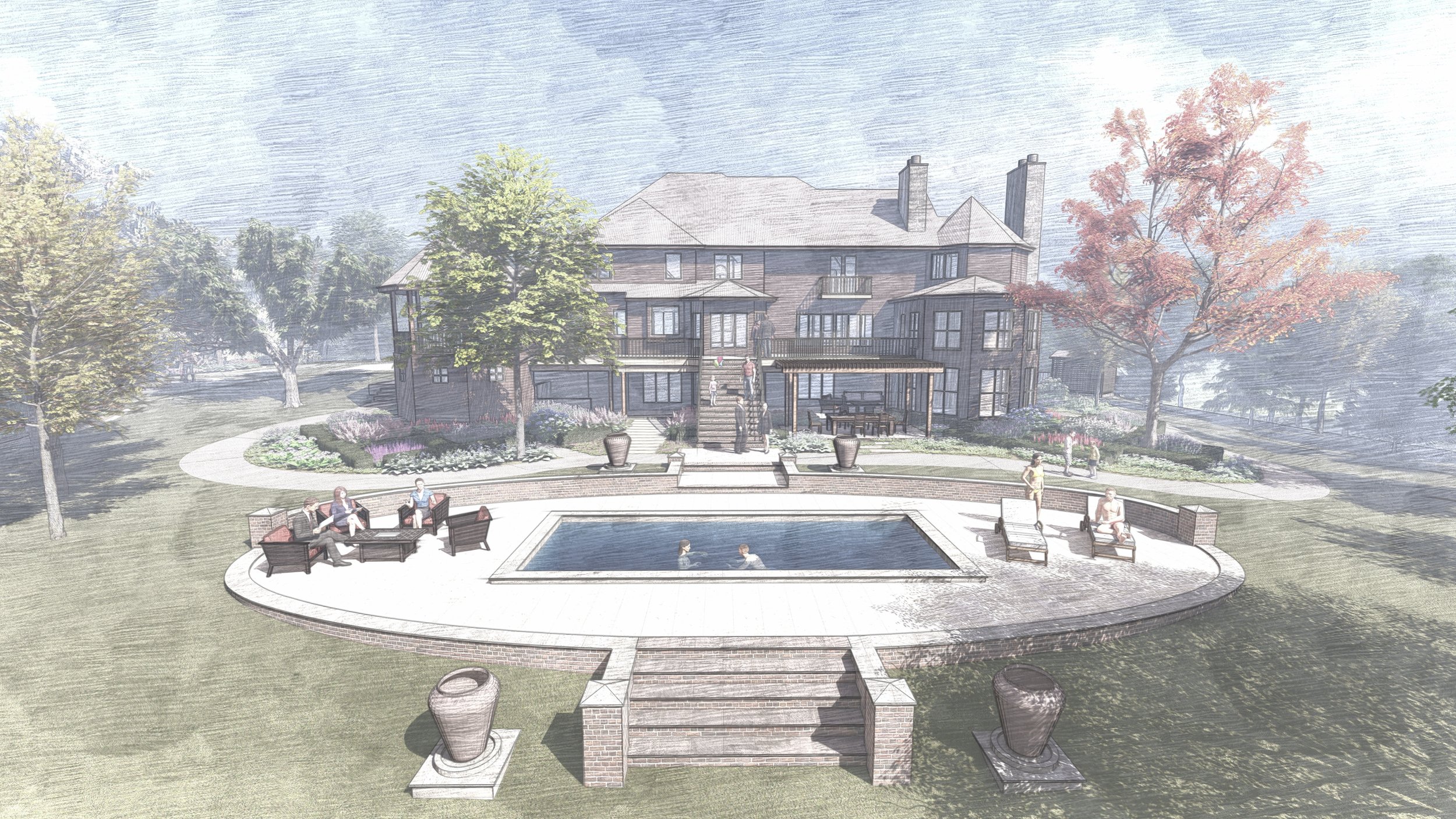
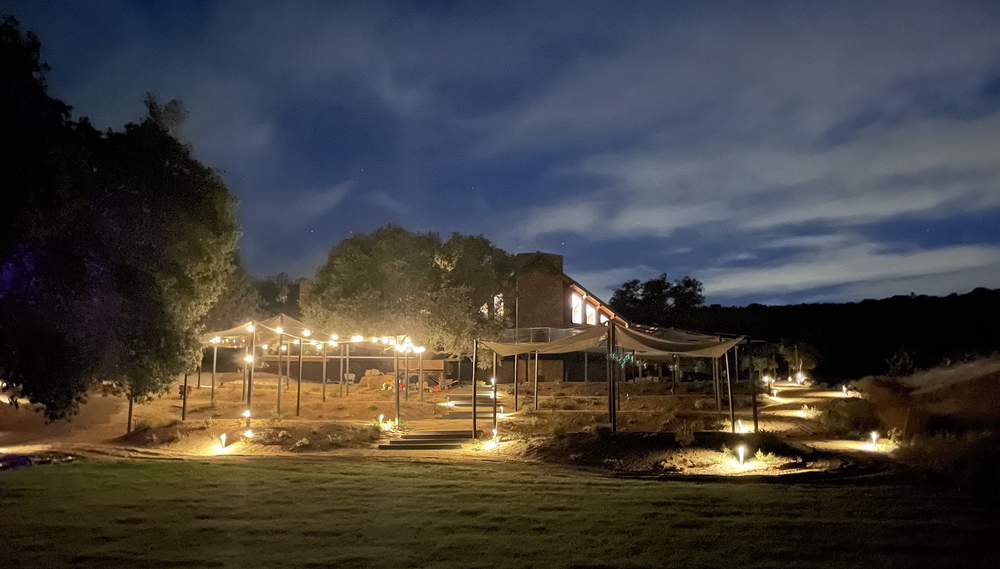


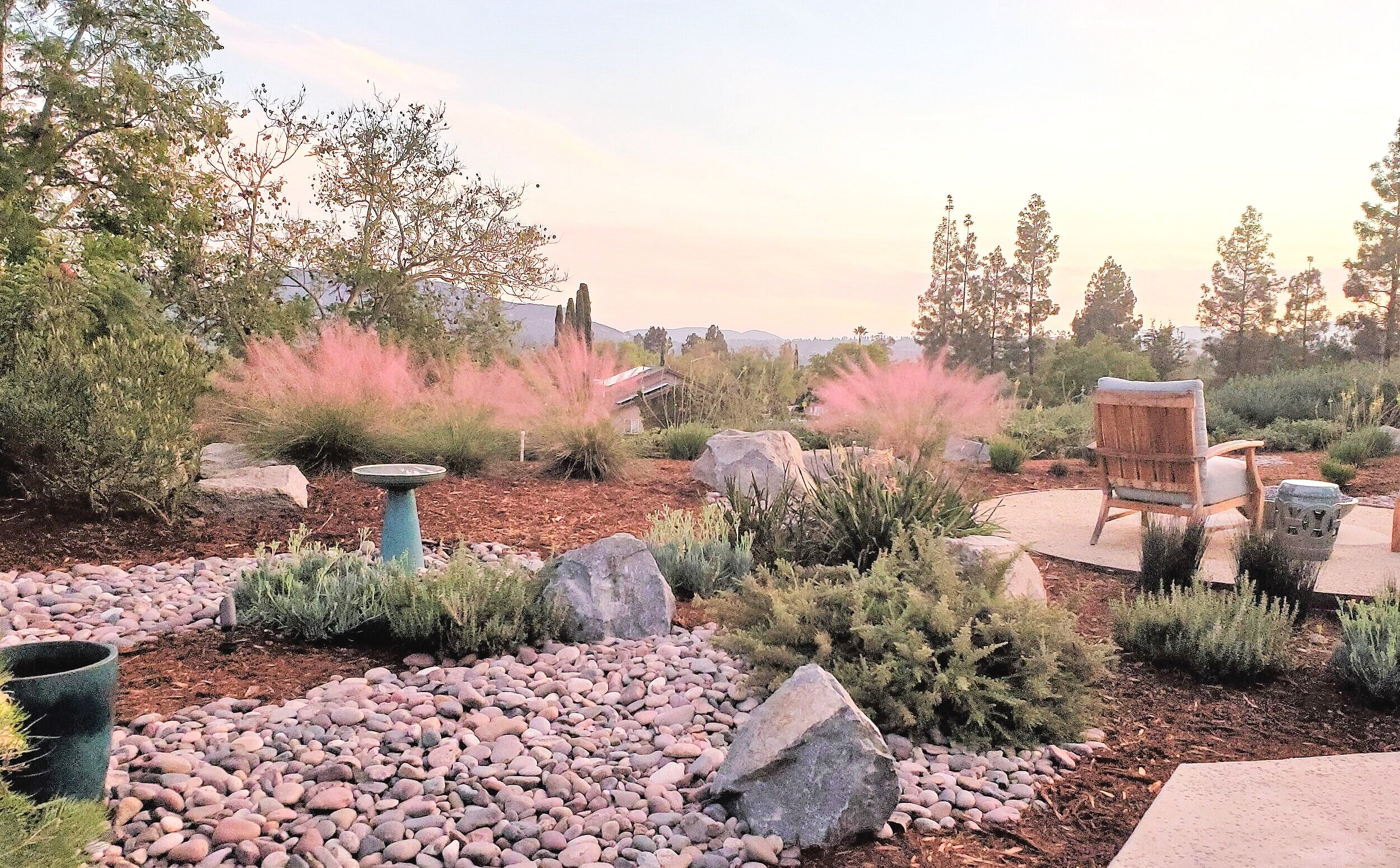
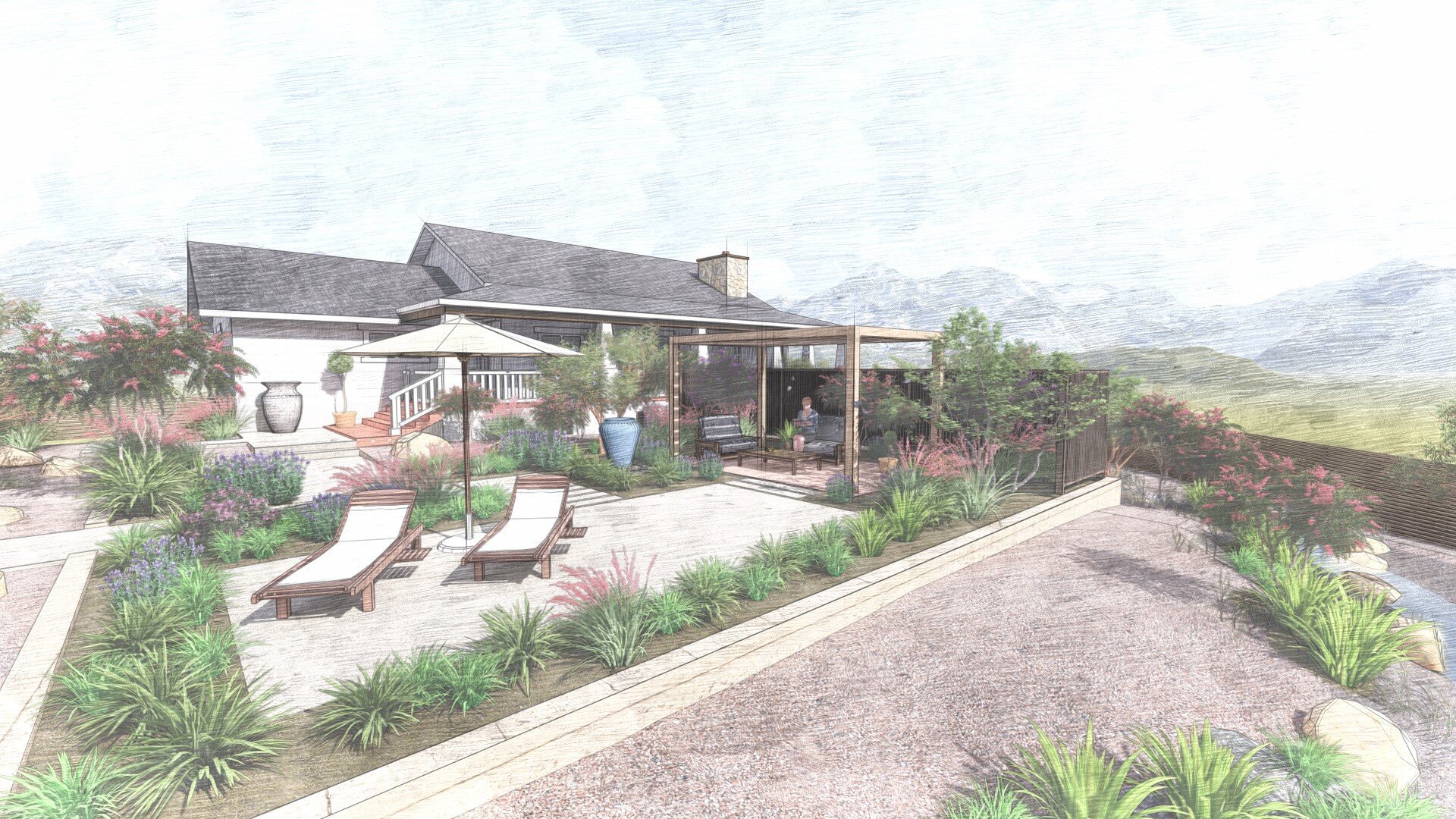
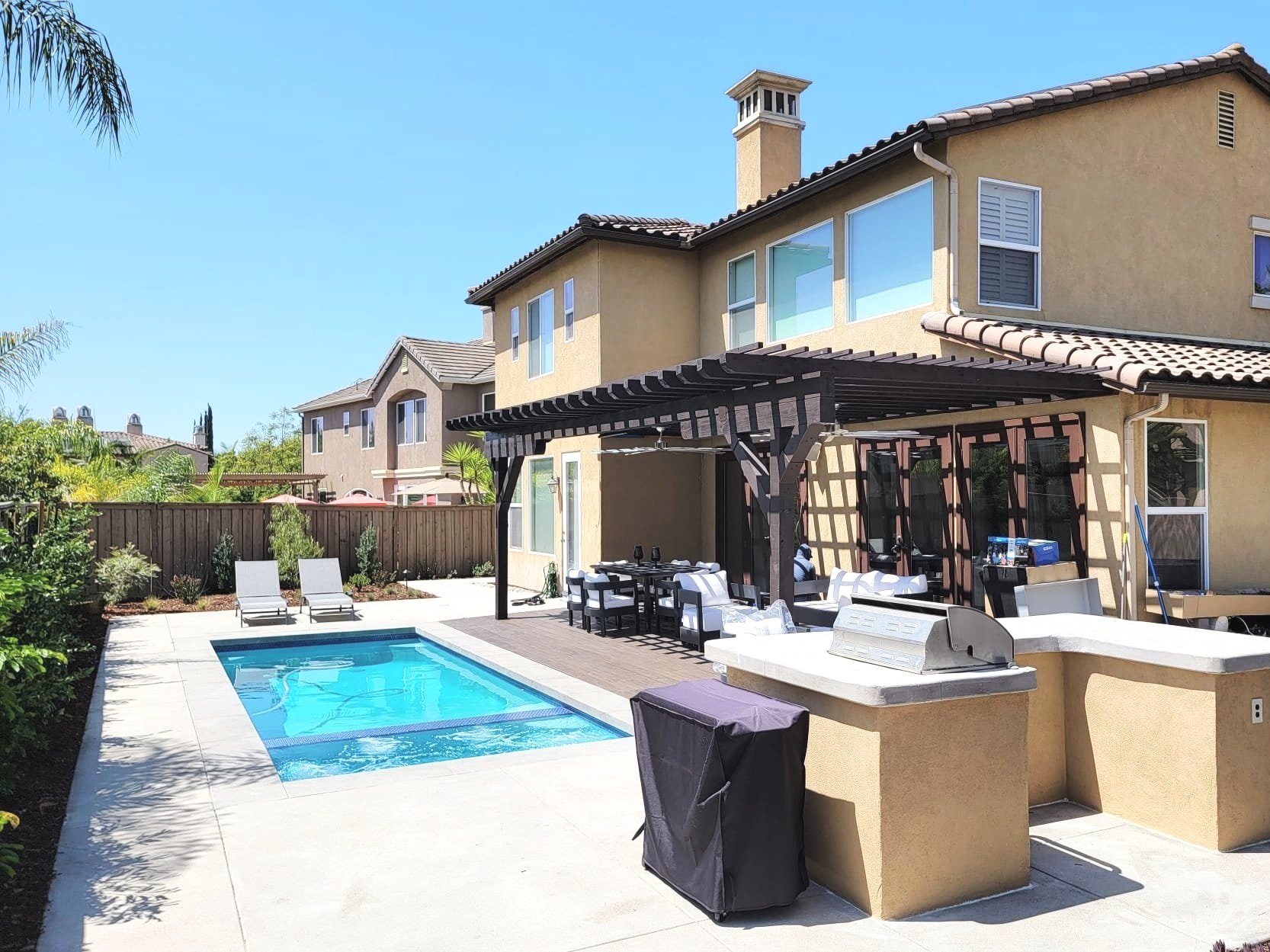


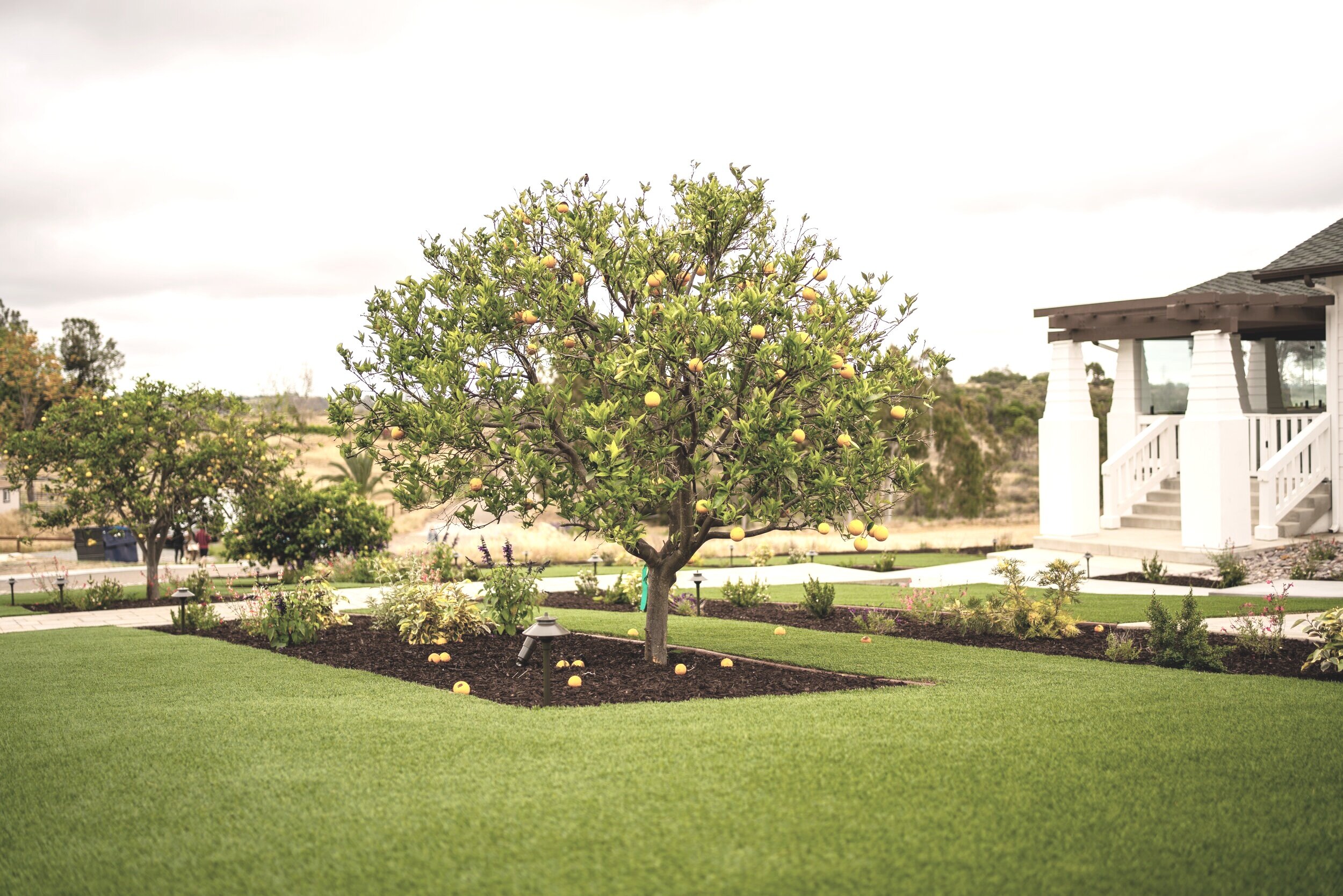




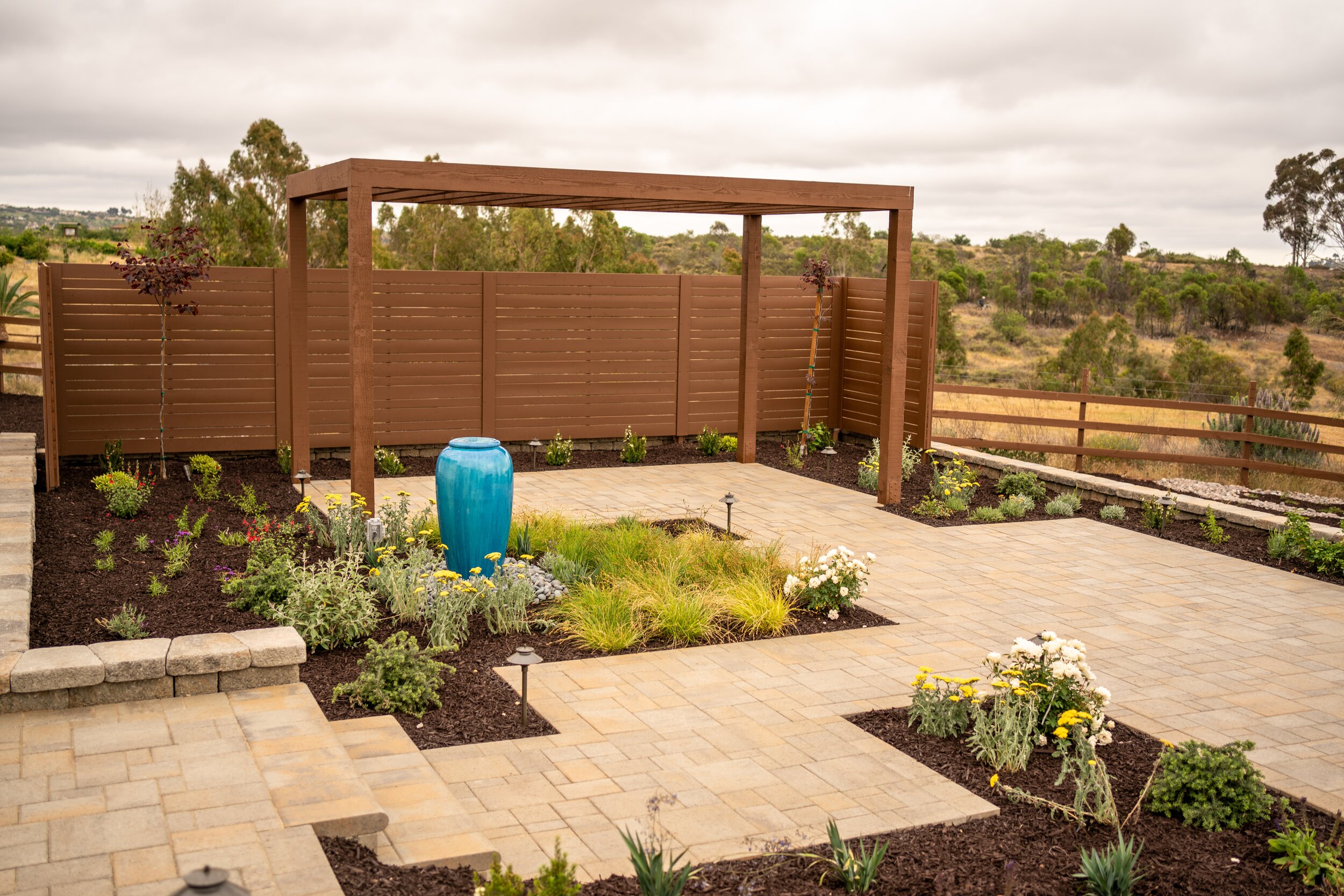



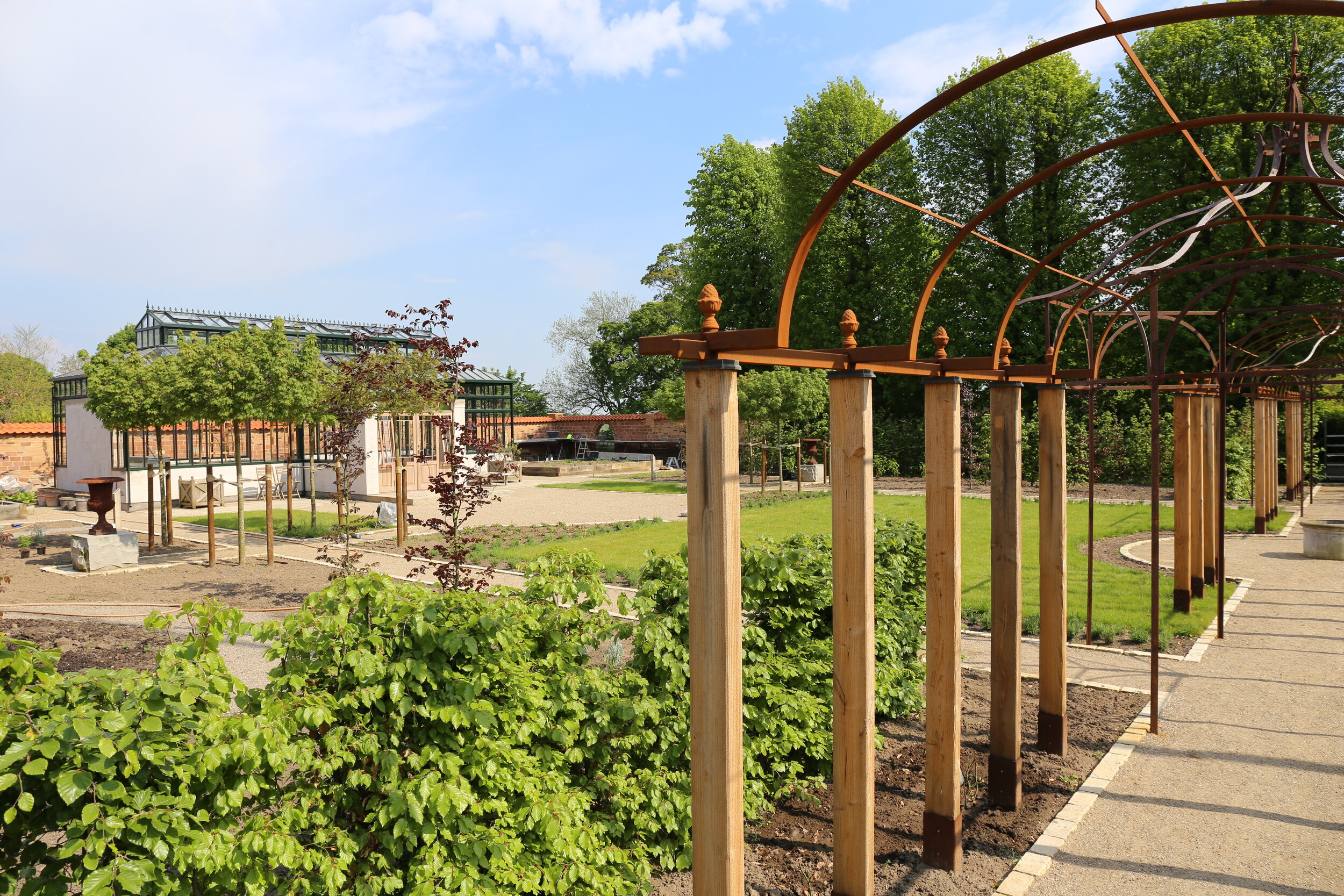

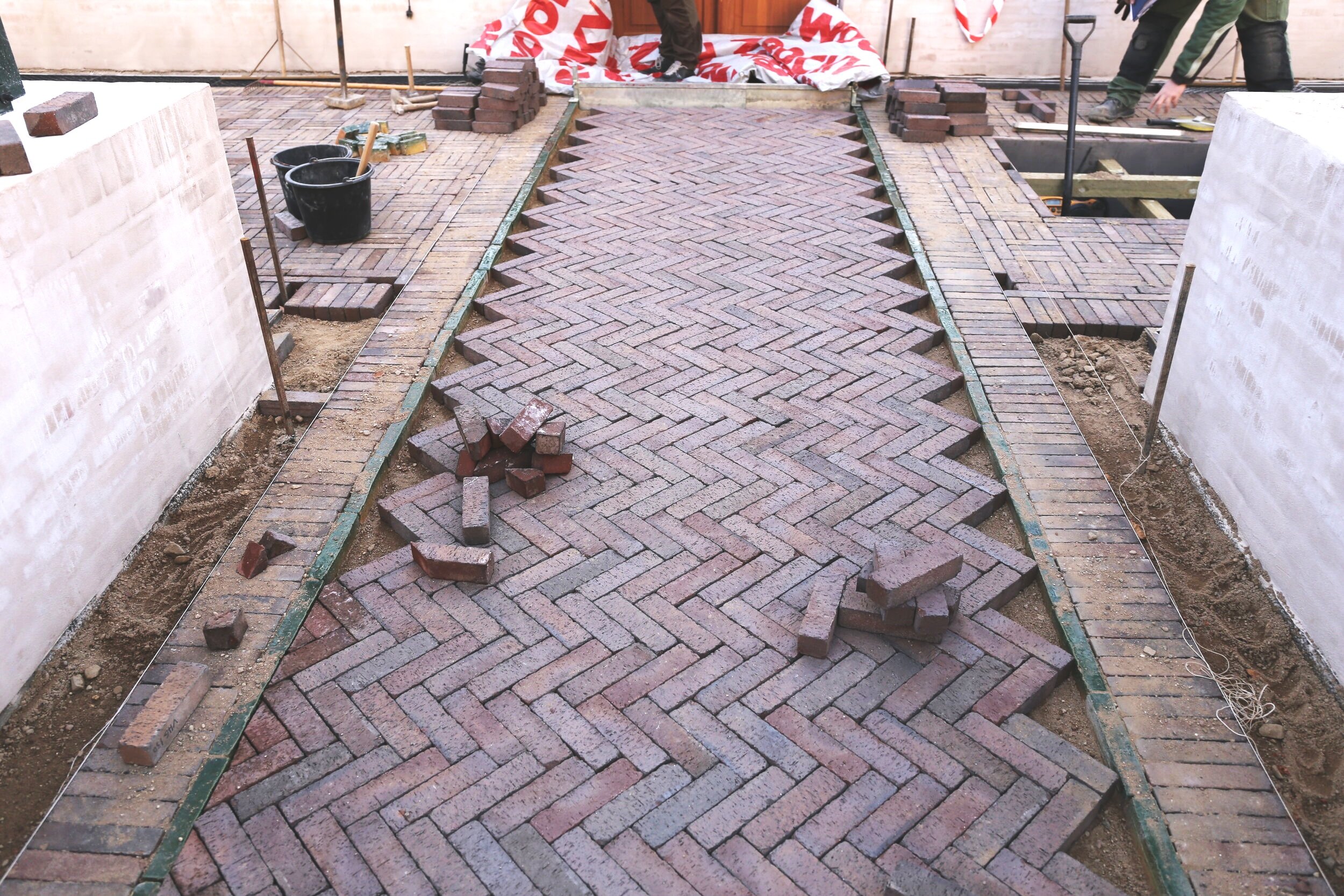

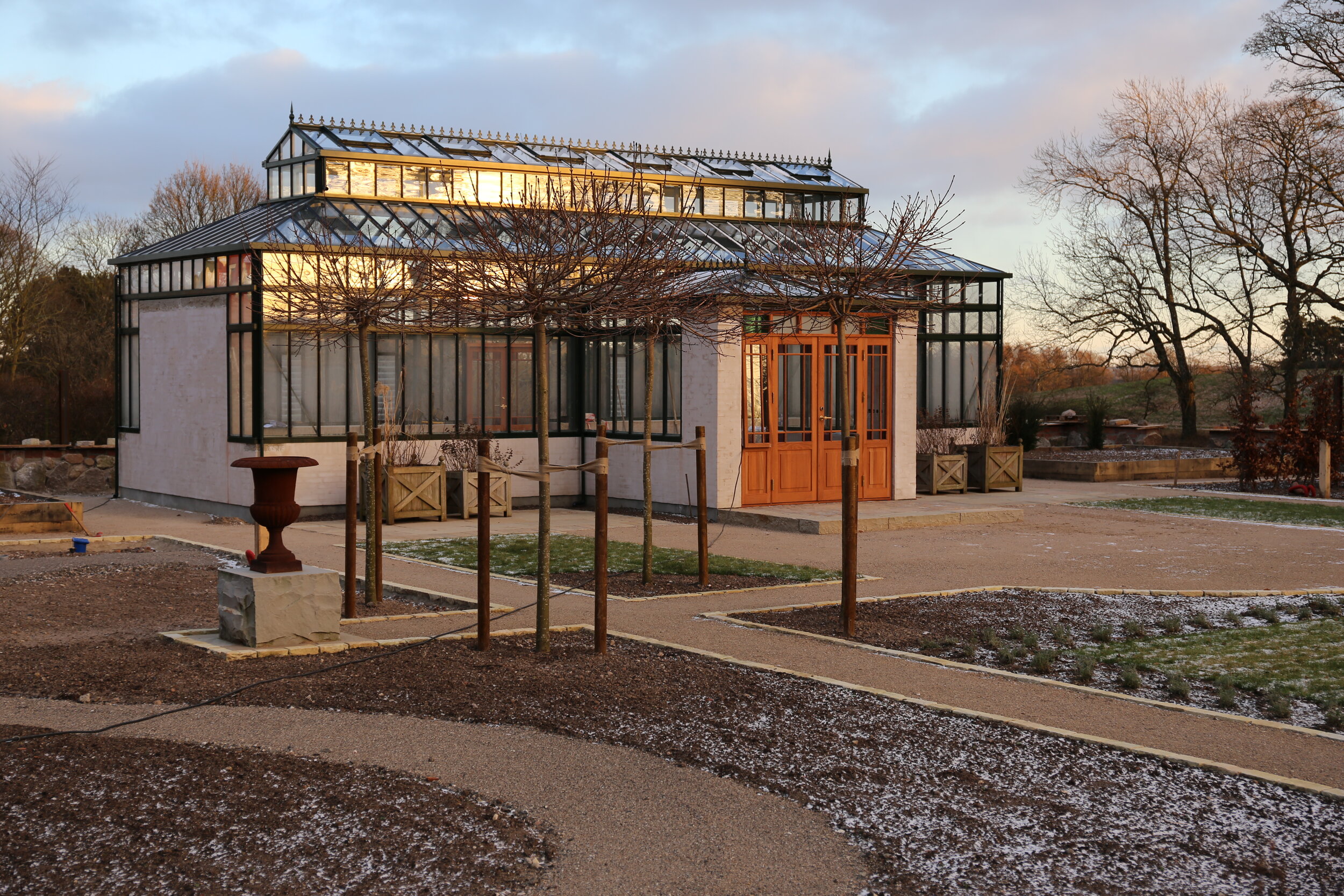

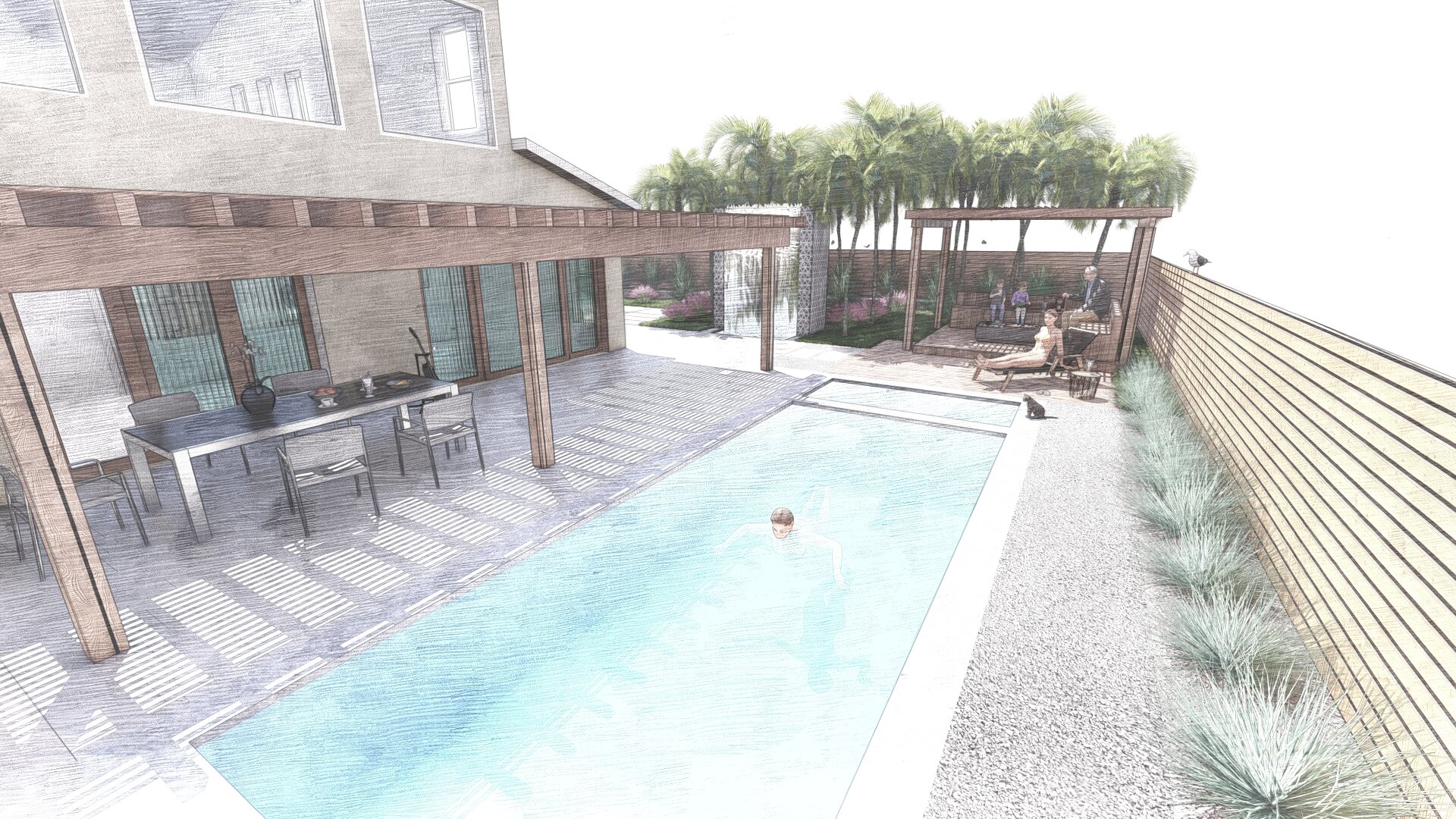


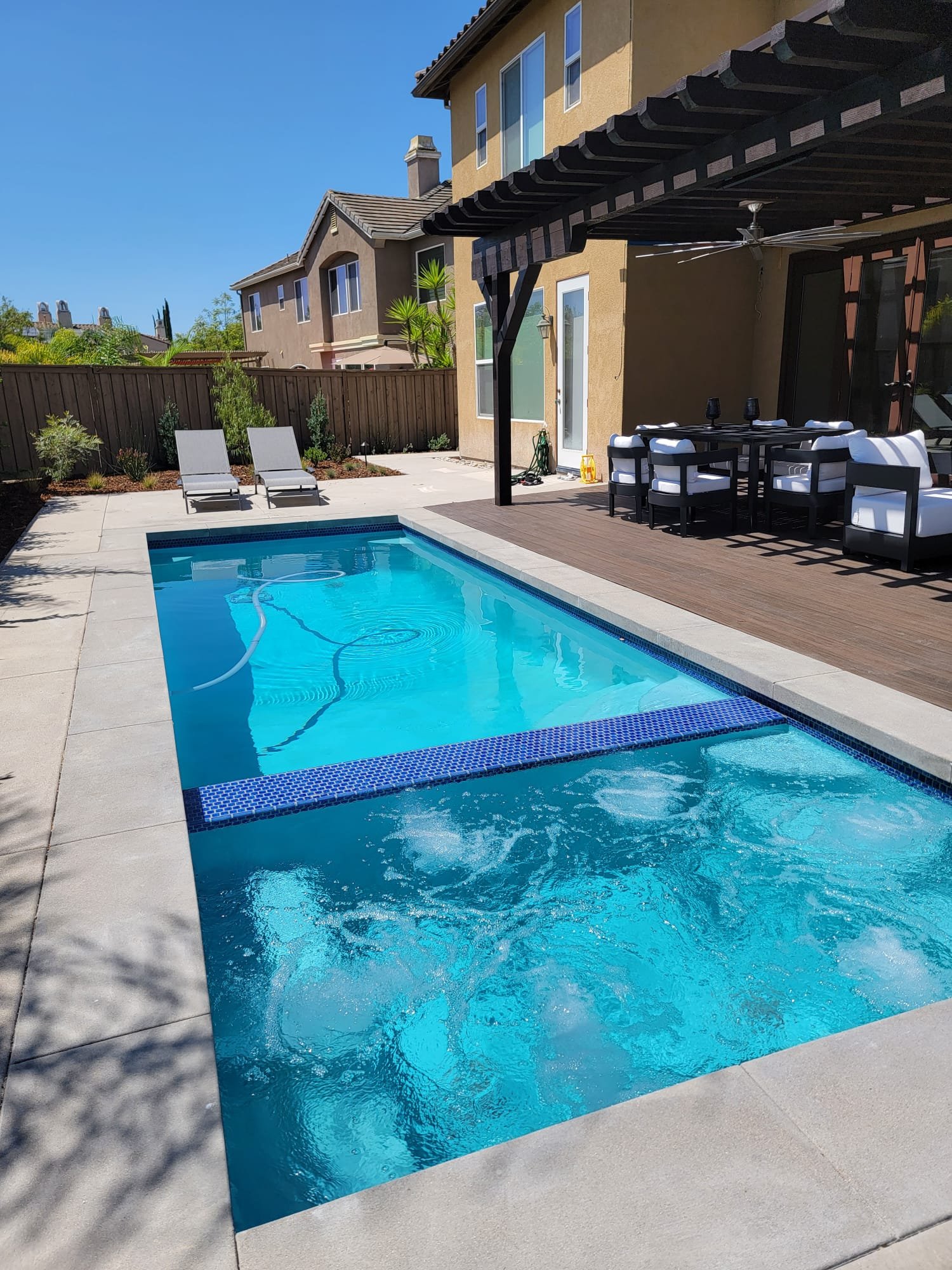

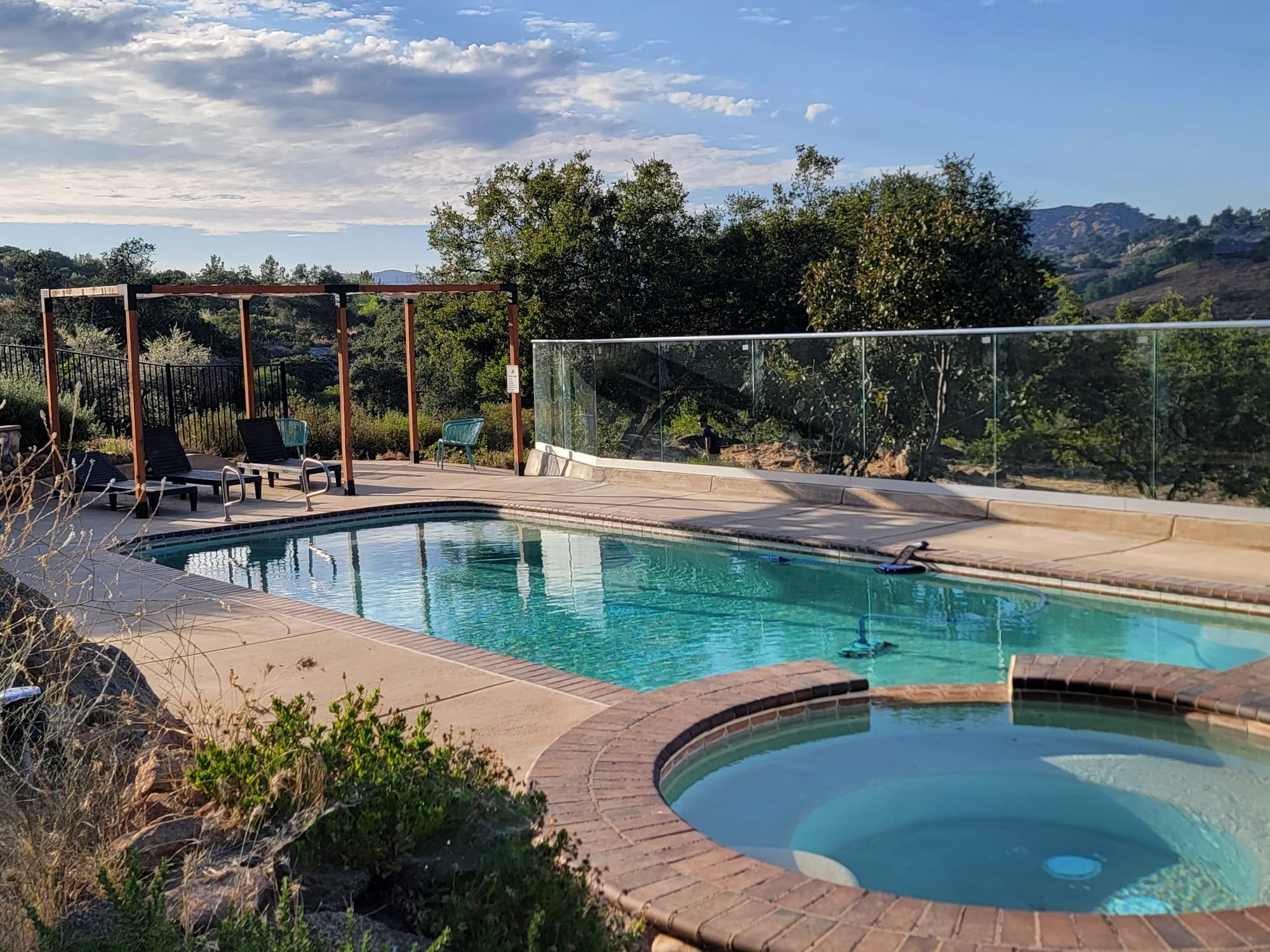
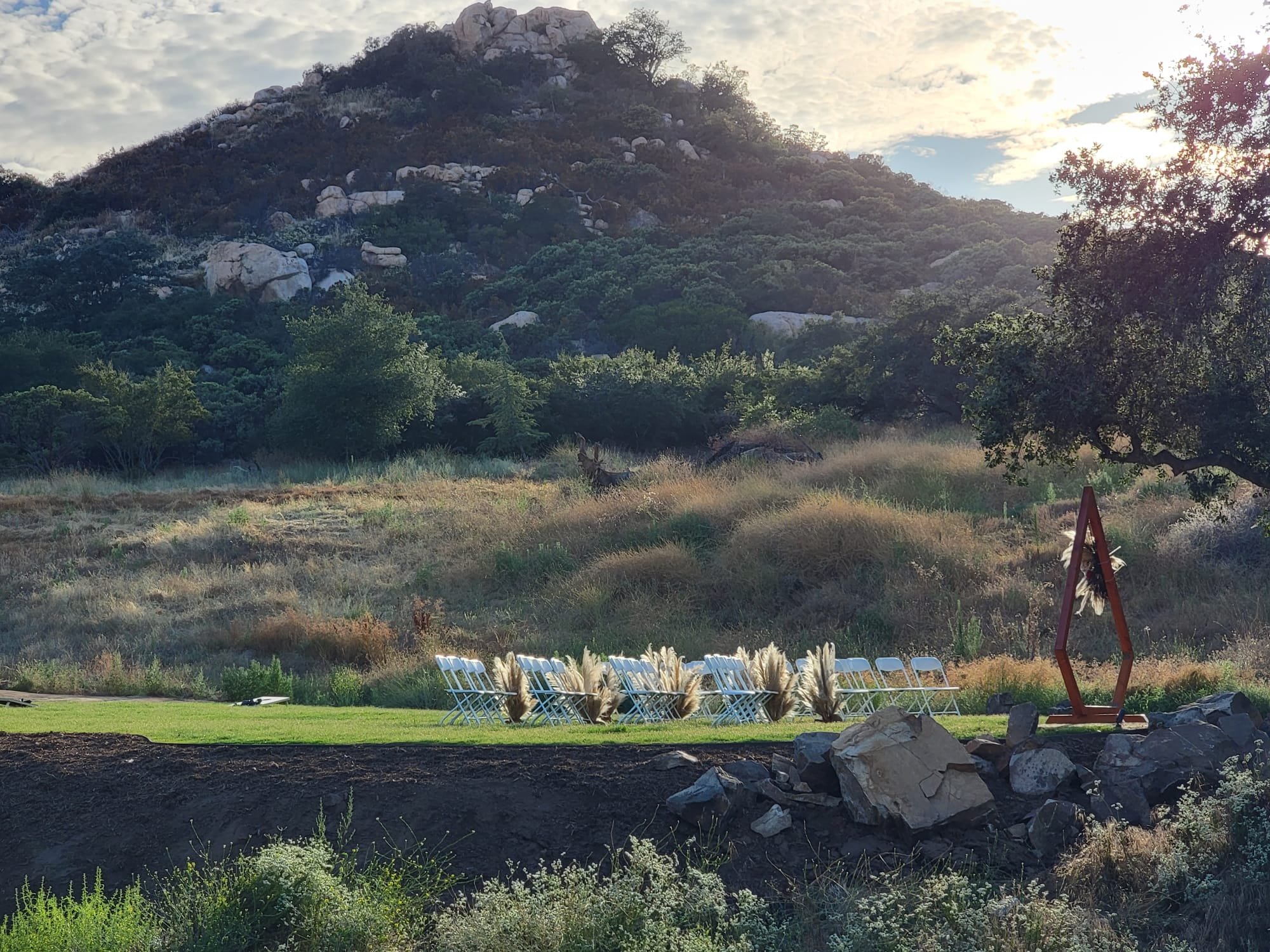




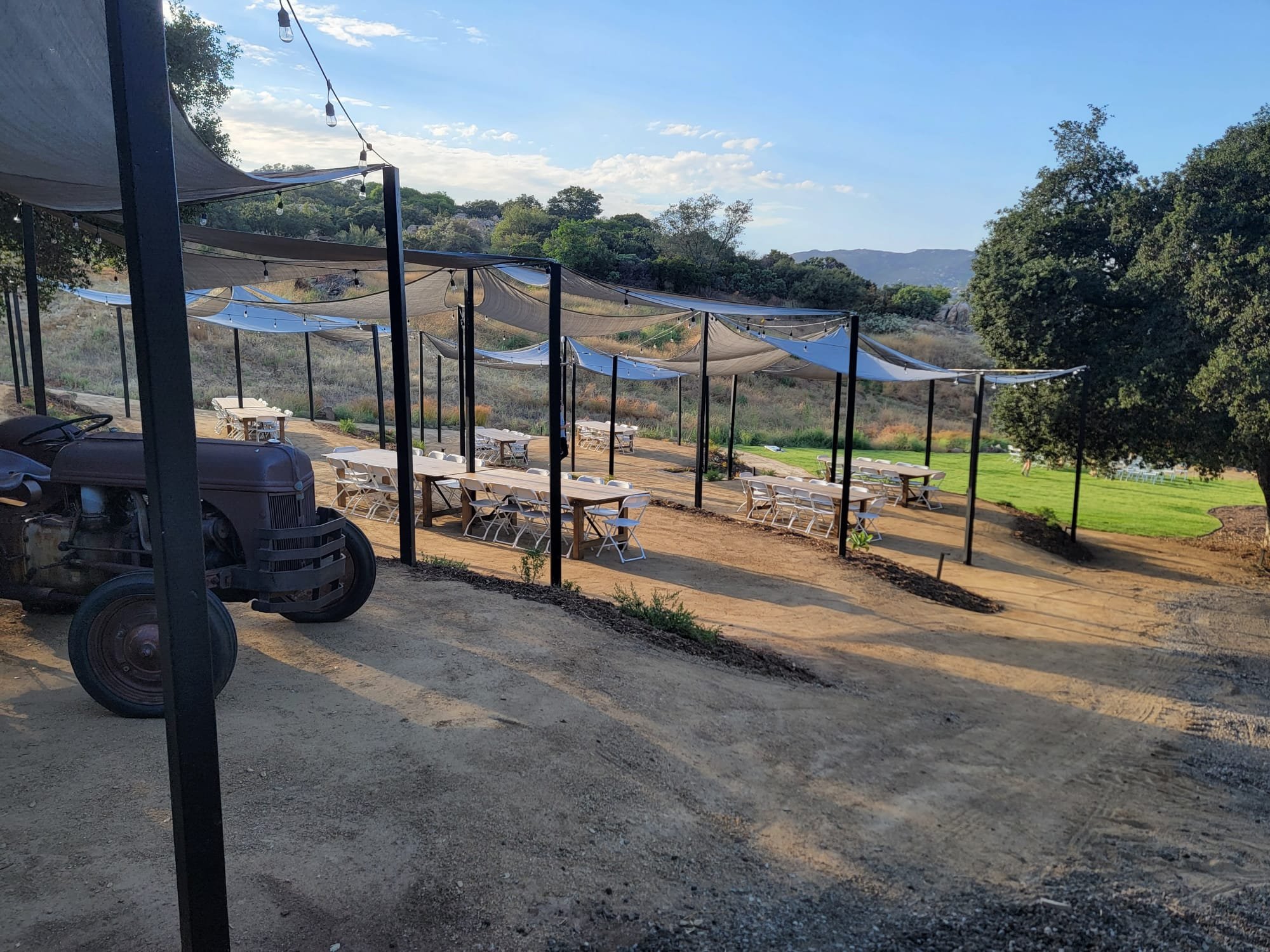
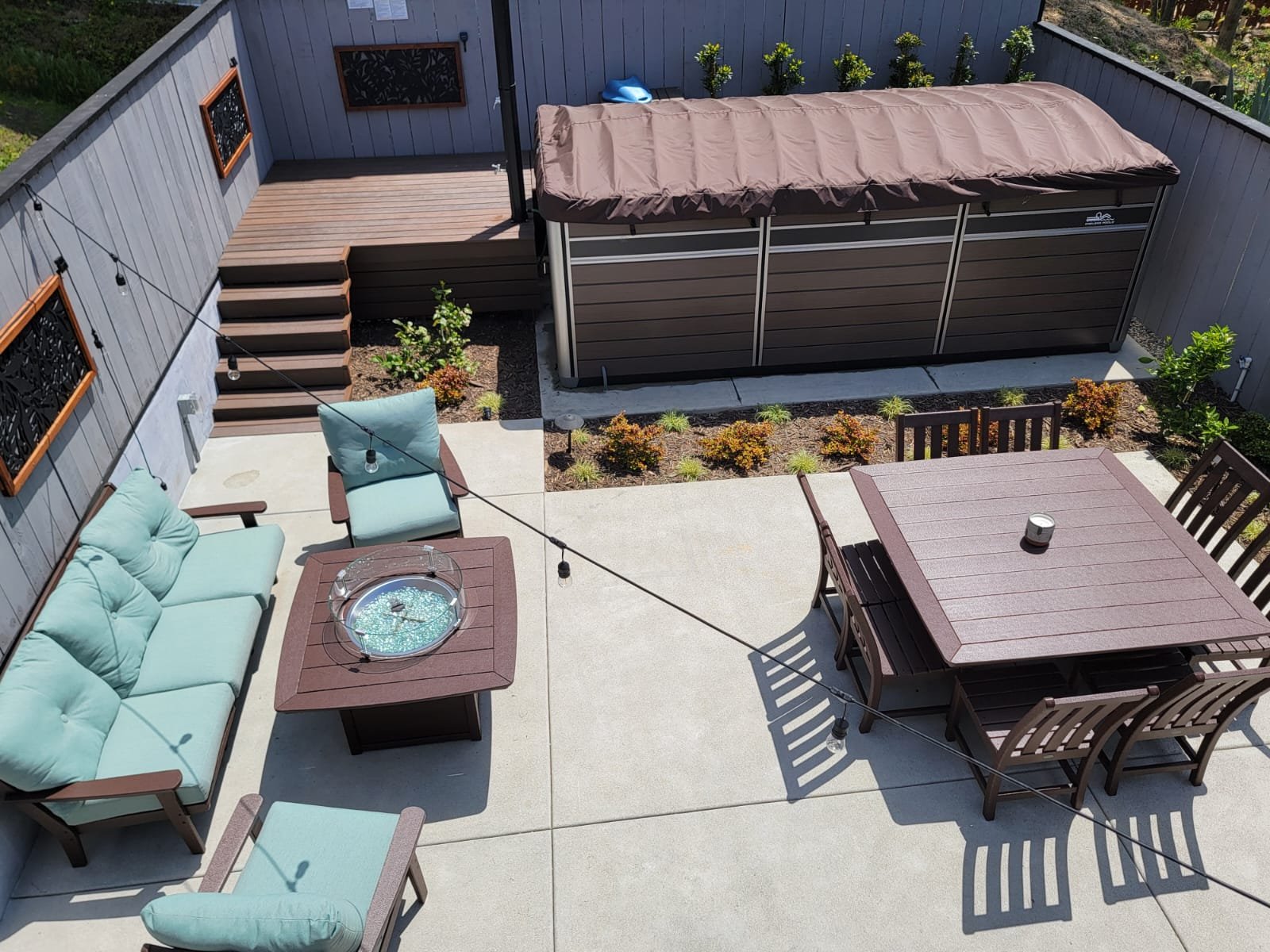

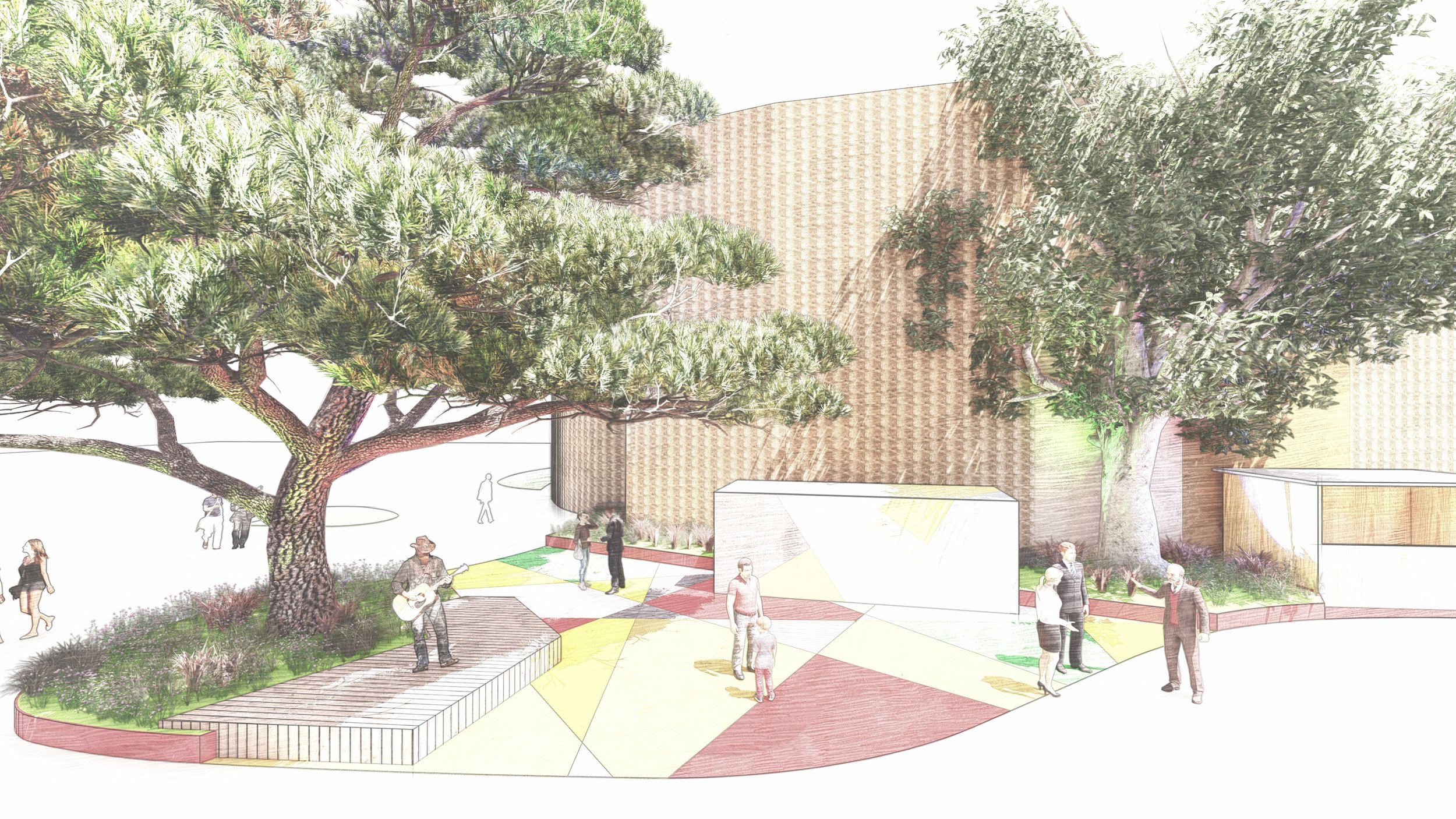
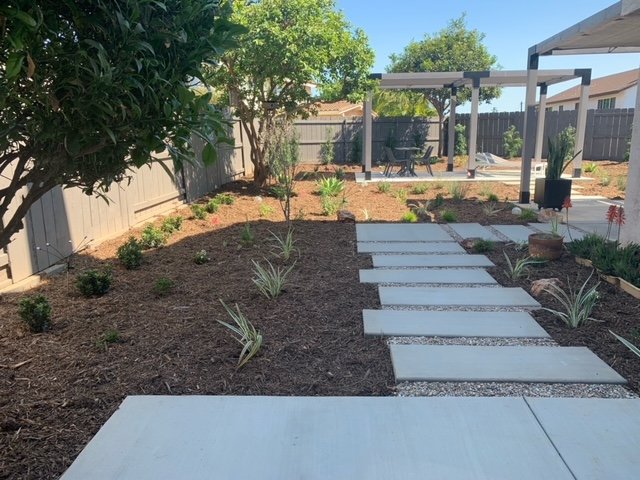
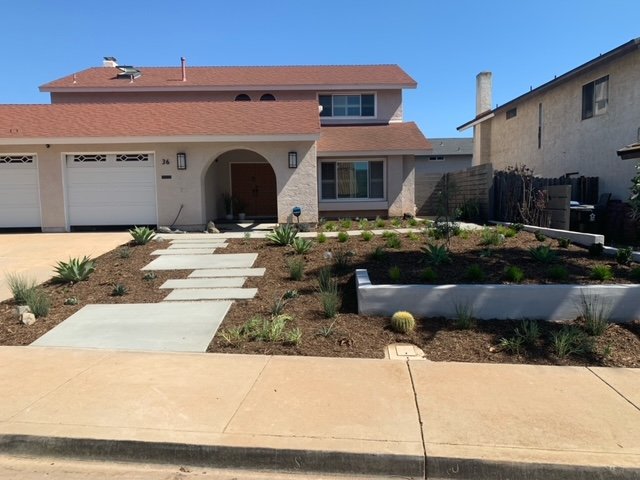
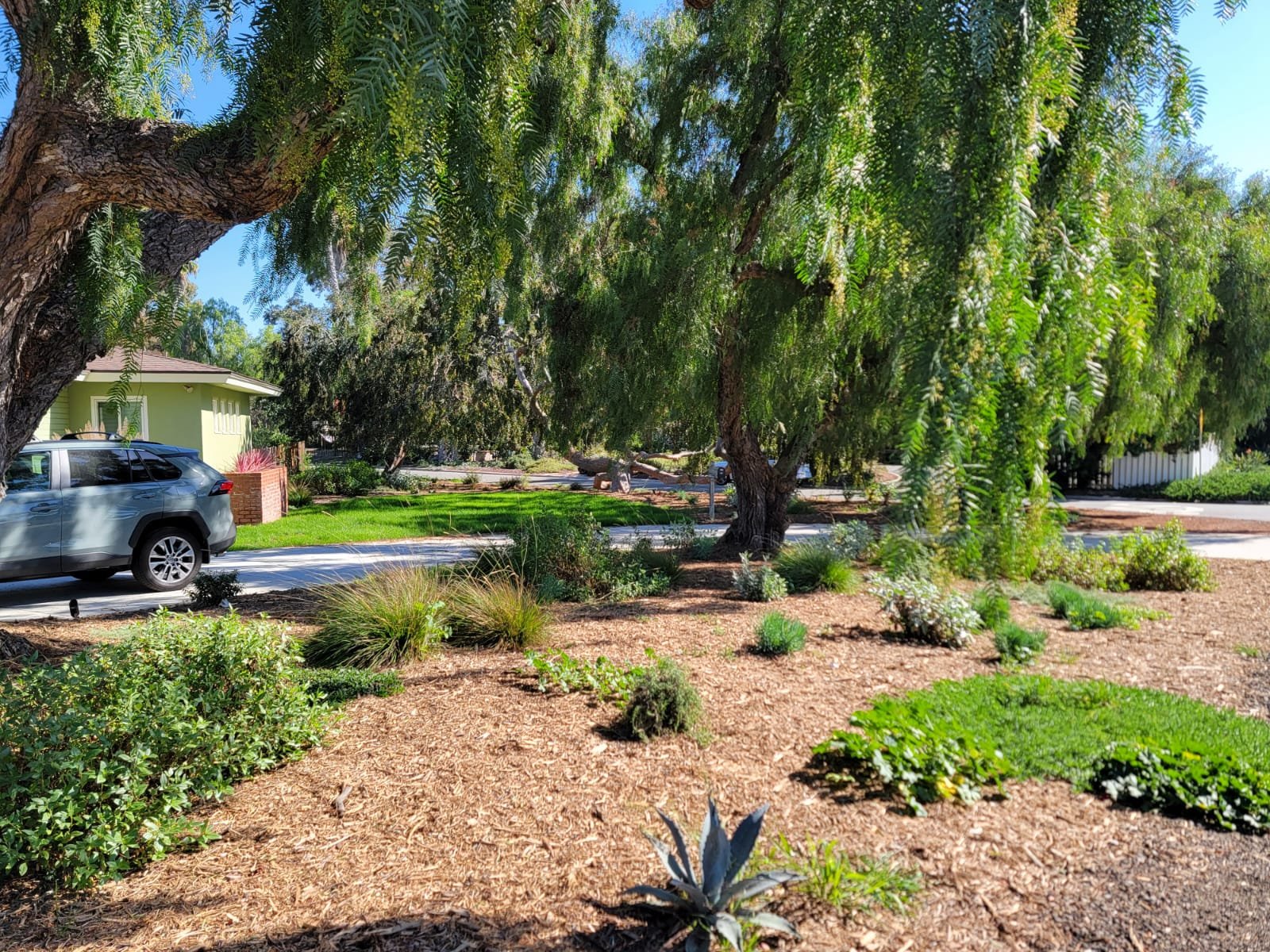
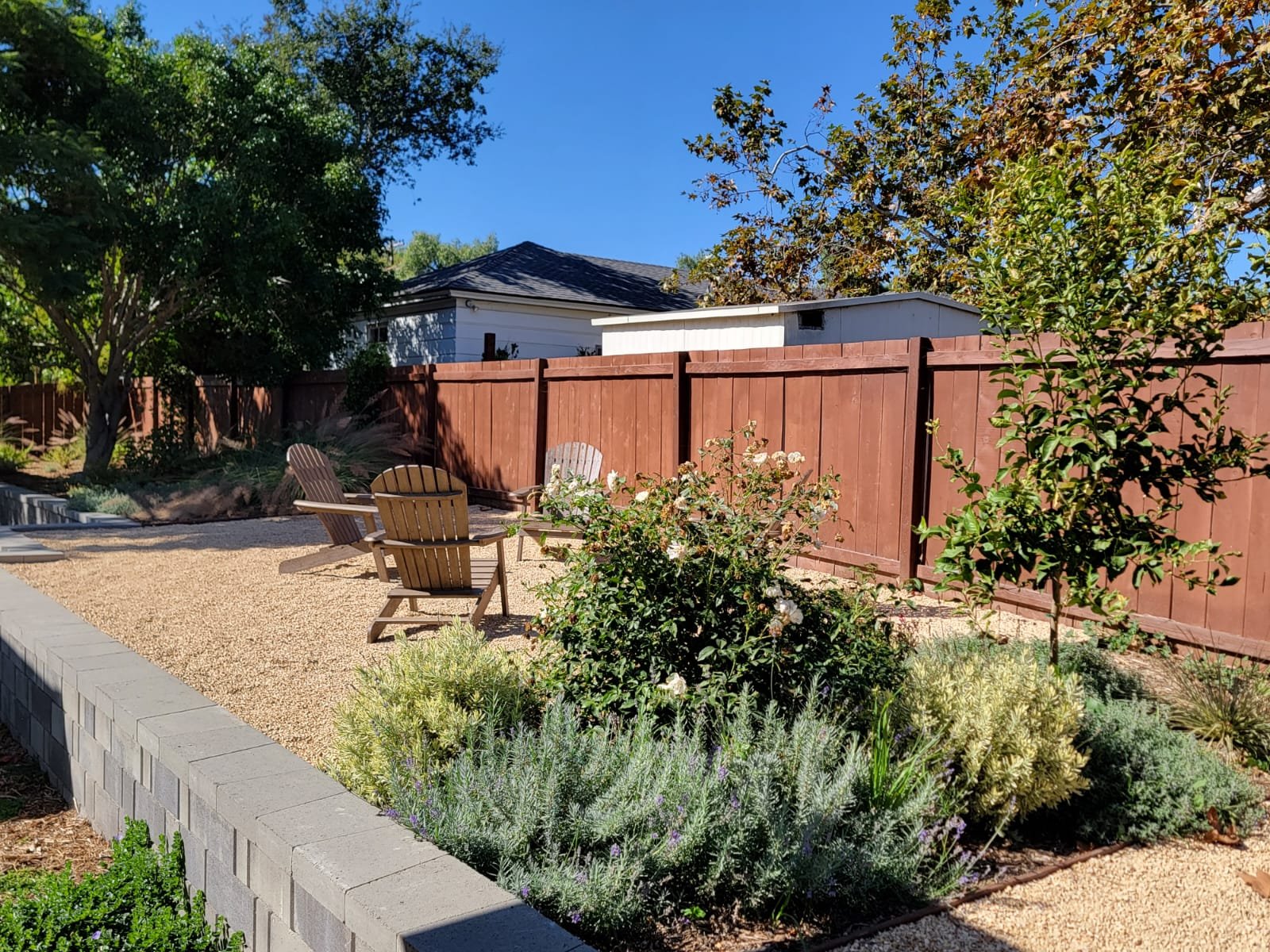
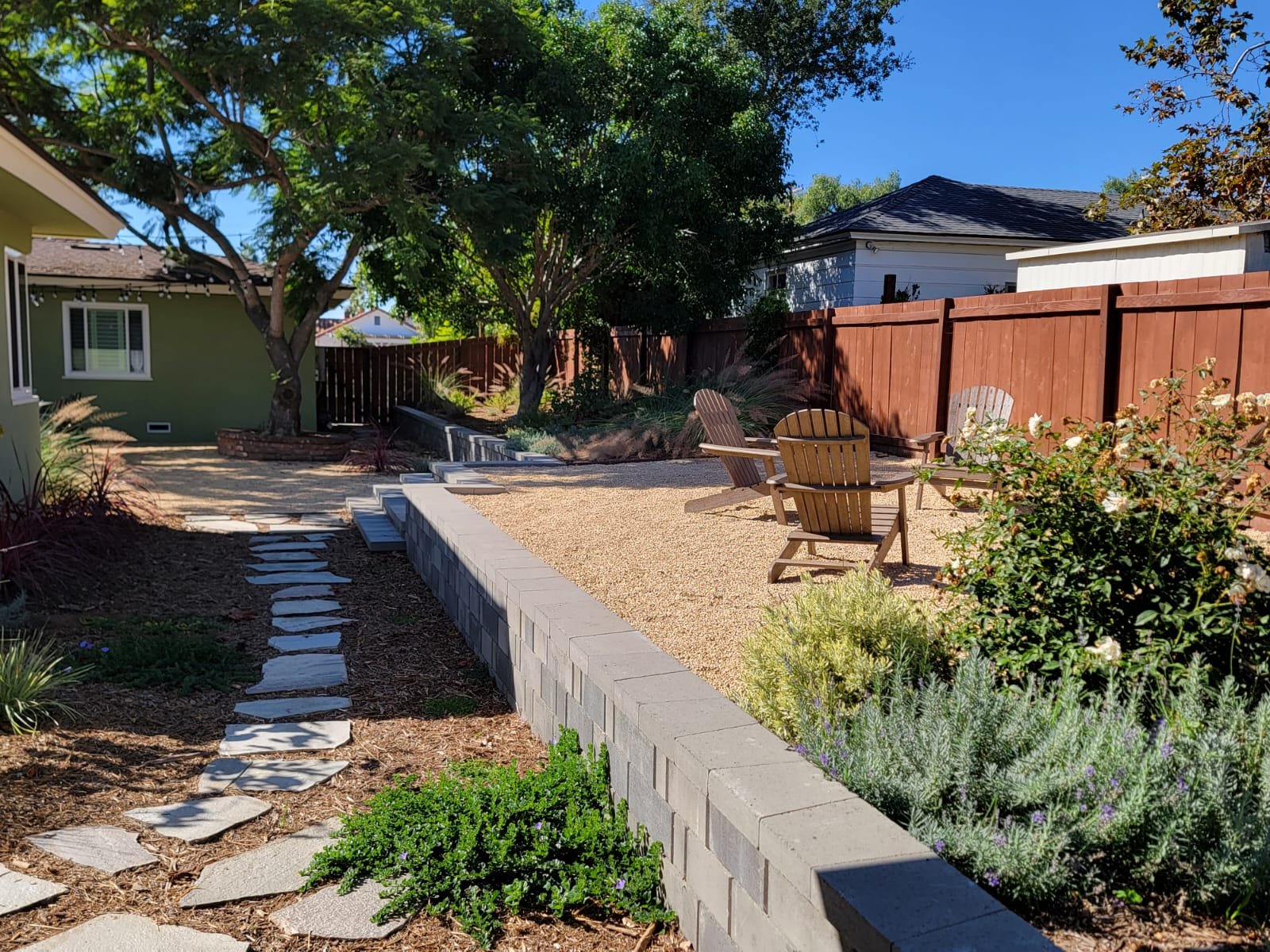

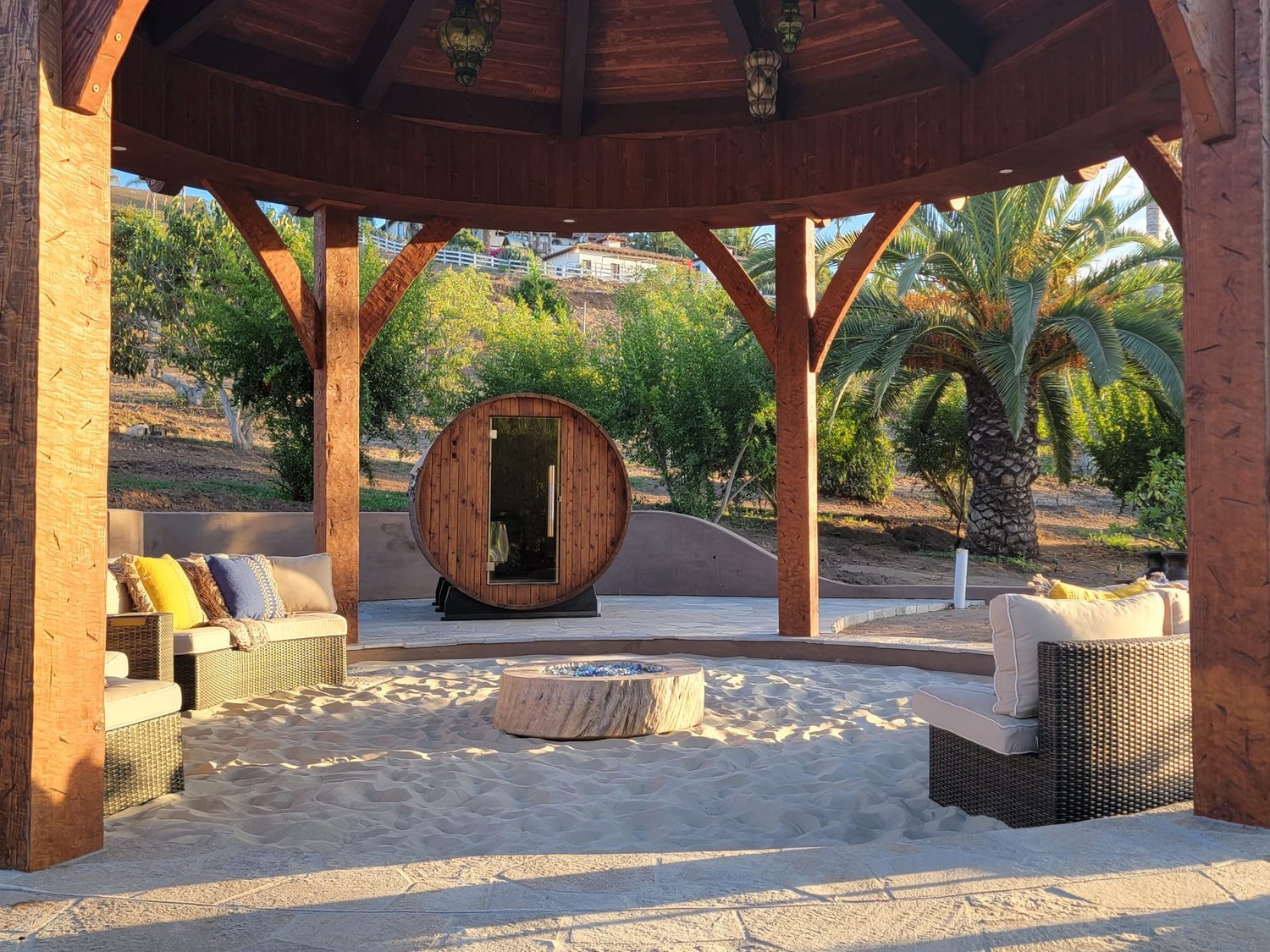
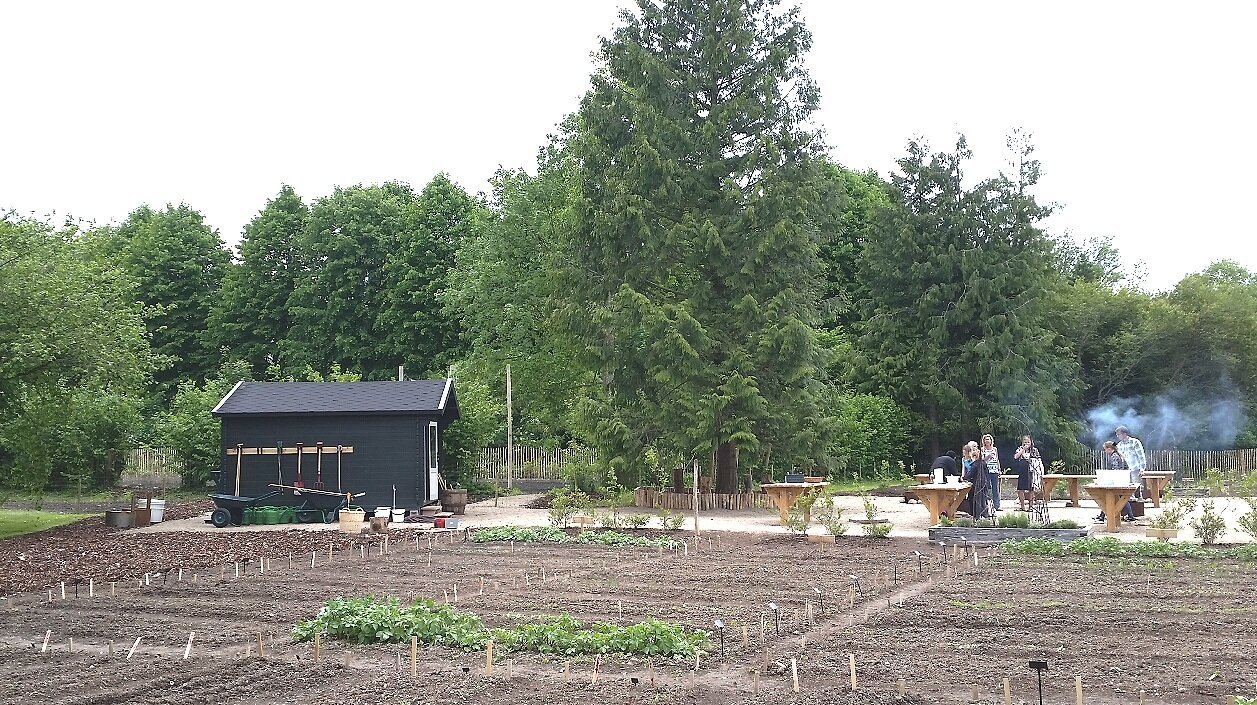



Best Green Spaces to visit, enjoy in Manhattan, NYC
Manhattan, NYC is home to some of the most iconic green spaces in the world. Here are some of the best green spaces to visit and enjoy in Manhattan:
Central Park: Central Park is one of the most famous green spaces in the world and offers 843 acres of natural beauty in the heart of Manhattan. It includes walking trails, lakes, gardens, playgrounds, and sports fields, making it a popular destination for visitors and locals alike.
The High Line: The High Line is a 1.45-mile-long park built on an elevated railway track on the west side of Manhattan. It offers stunning views of the city skyline and the Hudson River, and features gardens, art installations, and public events.
Bryant Park: Bryant Park is a 9.6-acre park located in Midtown Manhattan. It offers a variety of activities, including outdoor concerts, movie screenings, and yoga classes, and features a beautiful carousel and a seasonal ice skating rink.
The Battery: The Battery is a 25-acre park located at the southern tip of Manhattan. It offers stunning views of the harbor and the Statue of Liberty, and includes gardens, walking paths, and a sea glass carousel.
Riverside Park: Riverside Park is a scenic waterfront park that stretches 4 miles along the Hudson River on the west side of Manhattan. It offers playgrounds, sports fields, picnic areas, and walking and biking paths, and features beautiful gardens and public art installations.
These are just a few of the many green spaces to visit and enjoy in Manhattan. Each park has its own unique features and attractions, so be sure to explore them all and find your favorite spot.
Architectural styles of Manhattan, New York
Manhattan, New York is known for its diverse architectural styles, ranging from historic buildings to modern skyscrapers. Here are some of the most prominent architectural styles found in Manhattan:
Beaux-Arts: Beaux-Arts is a neoclassical architectural style that was popular in the late 19th and early 20th centuries. It is characterized by grandiose, ornate facades, large windows, and decorative details such as columns, pediments, and sculptures. Examples of Beaux-Arts buildings in Manhattan include the New York Public Library and Grand Central Terminal.
Art Deco: Art Deco is an eclectic architectural style that was popular in the 1920s and 1930s. It is characterized by streamlined, geometric forms, bold colors, and decorative elements such as zigzag patterns, sunburst motifs, and stepped setbacks. Examples of Art Deco buildings in Manhattan include the Empire State Building and the Chrysler Building.
Gothic Revival: Gothic Revival is an architectural style that was popular in the mid-19th century and is characterized by ornate detailing such as pointed arches, spires, and decorative stonework. Examples of Gothic Revival buildings in Manhattan include the Cathedral of St. John the Divine and the Woolworth Building.
Modernism: Modernism is a 20th-century architectural style that emphasizes functionality, simplicity, and the use of new materials such as glass and steel. Examples of modernist buildings in Manhattan include the Seagram Building and Lever House.
Postmodernism: Postmodernism is an architectural style that emerged in the late 20th century and is characterized by eclectic, playful designs that often reference historical styles. Examples of postmodern buildings in Manhattan include the AT&T Building (now the Sony Tower) and the Lipstick Building.
These are just a few of the many architectural styles found in Manhattan. The city's architecture is constantly evolving, and new buildings and styles are being added all the time.
Plants for your backyard in Manhattan, New York
The plants that are suitable for your backyard in Manhattan, New York will depend on a variety of factors such as the amount of sunlight the area receives, the soil type, and the climate. Here are some plants that can thrive in a backyard in Manhattan:
Hydrangeas: Hydrangeas are popular ornamental shrubs that produce large, showy flowers in shades of blue, pink, and white. They prefer partial shade and well-drained soil.
Hostas: Hostas are leafy perennials that thrive in partial shade and moist, well-drained soil. They produce attractive foliage in shades of green, blue, and yellow.
Daylilies: Daylilies are hardy perennials that produce showy, trumpet-shaped flowers in a wide range of colors. They prefer full sun to partial shade and well-drained soil.
Japanese maples: Japanese maples are small trees that produce delicate, lacy leaves in shades of green, red, and orange. They prefer partial shade and well-drained soil.
Black-eyed Susans: Black-eyed Susans are hardy perennials that produce cheerful, daisy-like flowers in shades of yellow and gold. They prefer full sun and well-drained soil.
Bee balm: Bee balm is a hardy perennial that produces clusters of bright red, pink, or purple flowers that attract bees, butterflies, and hummingbirds. It prefers full sun to partial shade and well-drained soil.
Sedum: Sedum is a drought-tolerant succulent that produces attractive, fleshy leaves and small, star-shaped flowers in shades of pink, white, and yellow. It prefers full sun and well-drained soil.
These are just a few examples of plants that can thrive in a backyard in Manhattan, New York. It's always a good idea to research the specific growing conditions and care requirements of any plant you are considering planting.
FEATURED PROJECTS
Landscape design permitting process in Manhattan, NYC
The landscape design permitting process in Manhattan, NYC will vary depending on the specific project and location. However, in general, the following steps are typically involved:
Consult with a professional landscape architect: It's important to work with a professional landscape architect who can help you design a landscape that meets your needs and complies with local regulations.
Obtain necessary approvals: Depending on the scope of the project, you may need to obtain approvals from various government agencies such as the Department of Buildings, the Department of Environmental Protection, and the Department of Parks and Recreation.
Prepare and submit permit applications: You will need to prepare and submit permit applications to the relevant agencies, providing detailed information about the proposed landscape design.
Attend hearings and meetings: Depending on the project, you may need to attend public hearings or meetings to present your design and respond to questions or concerns from the community or government officials.
Obtain permits: Once your permit applications have been approved, you will need to obtain the necessary permits before beginning construction.
Schedule inspections: Throughout the construction process, you will need to schedule inspections to ensure that the project is being built in accordance with the approved design and permits.
It's important to note that the landscape design permitting process can be complex and time-consuming, so it's important to start early and work with a professional who has experience navigating the process.
LASD Studio Services: Landscape Architecture, Sustainability & Design.
Our design studio delivers Garden Design, Landscape architecture and Urban Design Projects internationally. Each of our design distinguishes with with the high quality details, attention to the specific epoch of architecture style, climate zone, sustainability issues and of course wishes of our clients.
LASD Studio fields of expertise are ( for private, public, institutional):
Garden Design, Landscape Design & Exterior Design
Landscape Architecture
Urban Design
Regional Landscape Design
Private, Public, Institutional Landscape Design and Landscape Architecture Services worldwide.
Land Art, planting plan selection, Landscape Design and Landscape Tender Preparation
“LASD Studio: Your Bridge to Nature”













